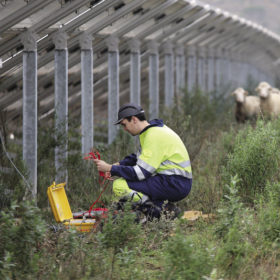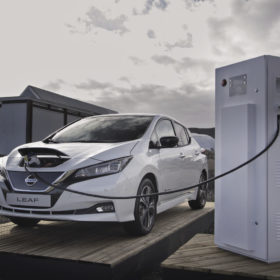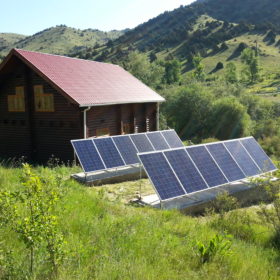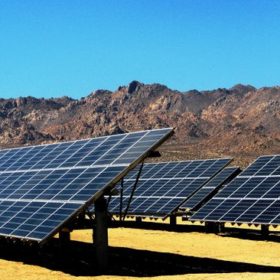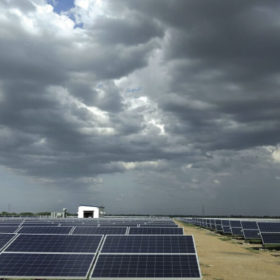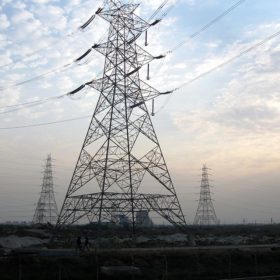This could be a watershed year for renewables in the mining sector
As one of the most energy-intensive industries, the ‘resource sector’ is getting serious about adding cheap solar and wind energy into its mix, to boost returns. Although still predominantly underpinned by gas or diesel, mine operations are increasingly deploying hybrid solutions, highlighting the potential of renewables – particularly as momentum builds for green hydrogen to play a role in future microgrids.
Green hydrogen airs at G20 meeting of energy ministers this week
Hello hydrogen! A number of factors are floating renewably powered hydrogen to the top of the agenda for worldwide energy ministers. Australia is among the countries most favourably placed to turn hydrogen hype into the biggest source of decarbonized energy the world has yet seen.
Solar, EVs and energy storage among the few technologies keeping pace with energy transition goals
Among 45 critical energy technologies and sectors assessed in a tracking report by the International Energy Agency, only seven are keeping hopes alive that climate, energy access and air pollution goals can be met.
IEA urges advanced economies to support nuclear as renewables cost continues to fall
An International Energy Agency report estimates the share of nuclear power in advanced economies could fall by two-thirds by 2040, as aging plants retire. The report claims without support for nuclear, the transition to a low carbon energy system would be far more complex and threaten global emissions targets.
Trans-Pacific partnership aims to accelerate green hydrogen uptake
Australia’s national science agency CSIRO and Canada’s University of British Columbia have announced a memorandum of understanding aimed at accelerating clean hydrogen technologies.
Global electric car fleet may reach 250 million by 2030
The International Energy Agency says more than 2 million electric vehicles hit the road last year, to take the total to more than 5 million. The agency has stressed the importance of public policy, charging infrastructure and a fall in costs for continued EV uptake, and says up to 43 million EVs could be sold in 2030.
Solar the key to progress on global access to electricity
A tracking report from five major international agencies finds the world is lagging behind sustainable development goals for 2030. While more effort is needed to reach some of the world’s poorest populations, though, notable progress has been made in reducing the electrification deficit, thanks to off-grid solar and minigrids.
Global energy investment held steady above $1.8tln in 2018 — IEA
Global investment in energy hit roughly $1.8 trillion in 2018, broadly similar to levels reported in the preceding year, according to a new report by the International Energy Agency. However, spending on renewables and energy-efficiency initiatives have slowed and the agency notes that its findings are at odds with global efforts to achieve targets set under the Paris Agreement.
IEA warning against stagnation of renewables
After two decades of growth, the amount of newly installed renewable energy capacity is no longer rising and, despite a 7% growth in electricity generation from clean energy sources, global energy-related carbon emissions have risen 1.7%.
China, US and India drive energy demand up by 70% — IEA
Global electricity demand rose by 4% in 2018, nearly twice as fast as overall energy demand, as consumption edged up by 2.3%, according to a new report by the International Energy Agency (IEA). Renewables accounted for 45% of the growth in generating capacity.

